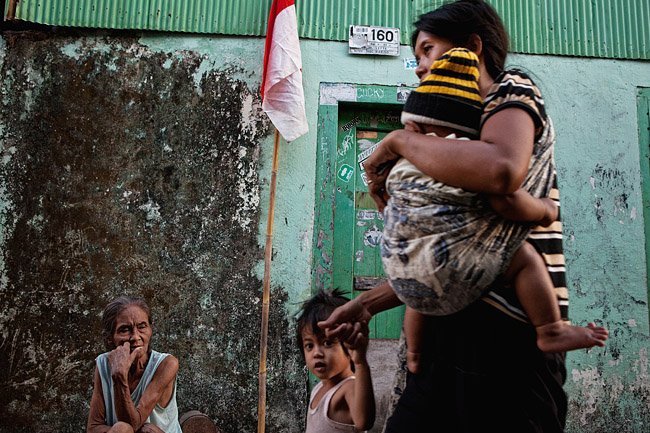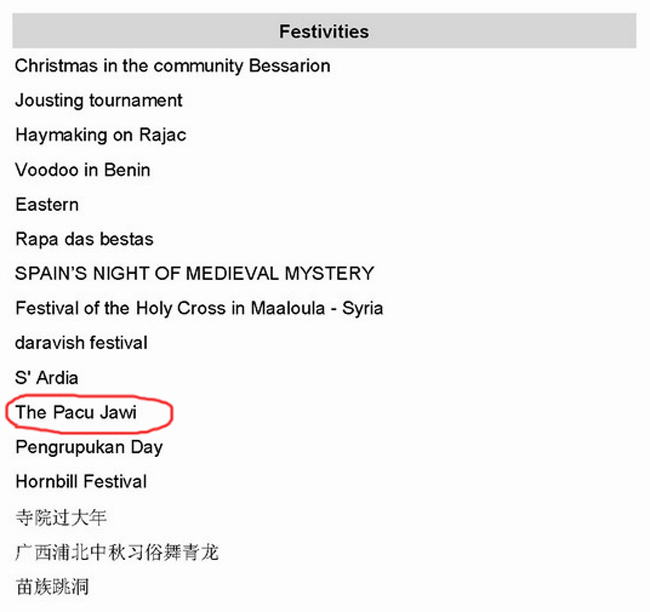For a person with rather small posture (sorry Mas Agus, no offense), he has big stories to be told. Agustinus Wibowo, now at the age of 30, has accomplished Tibet, Nepal, India, Afghanistan, all countries in Central Asia, as well as Mongolia. During his years of travels, he managed to stay away from the tourist crowd, explored, and photographed some of the most remote corner of Asia: Wakhan Corridor for instance.
Not long prior embarking on his journey years ago, he was studying computer science in China. But the lure of travel made him left his career before it even started. Based from his travel, he already authored two best-selling travel book, completed with series of compelling photographs. A remarkable achievement in Indonesian standard.
Two weeks ago, I met him for the second time in a travel writing workshop by Galeri Bogor. Between his busy schedule, I managed to interview him, asking several questions regarding his photography.
(The interview was translated from Bahasa and edited for better understanding purpose)
Q: You've started making travel pictures for a while. But then you’ve made turn into a travel writer, yet without lossing your passion into photography. How would you call your photography nowadays?
A: My photography has endured a great deal of changes. Earlier, when I just started my journey I was more into travel photography. That’s because I was deeply fascinated by the exoticness of the place I visited. Whether its the colorful tribal costumes or its strange architectures. But then, after 4 years of non-stop traveling, after Tibet, Nepal and India where I still did a lot of travel photography, still went to touristy place, I then made my way to Pakistan, where I stayed for 6 months. I finally realized that all of these exoticness often meaningless. So I focused myself more into photo story, more story behind the pictures, like once when I was volunteered in a earthquake affected area there. And for sure they were not exotic, but they have some strong and compelling story to be told from their life. From their pictures we can see so many facets of lives itself. I then also realized that the more I'm into photography, the more I became connected with the people, also the more I think that photography alone isn’t enough to tell the whole stories. That's why I was also learning to write and transformed from travel photography into photojournalism. I believe these can bring a deeper reflection rather than disastrous image like what other photographers did in Afghanistan whot shot mines victims or opium addicts. I would like to take a deeper story: the life of the people. So basically now I am more into photojournalism and documentary photography.
Q: Did you ever attend any photographic courses? or you merely learn everything on the road? Tell me about it.
A: I actually never attended any photography course, but once when I was sturdying in China, we this photography class. And that was next to nothing, most of all that was boring. For me, photography isn’t about the techinal things. So most of the time, I learned by experience on the road. Also I found that one of the most important thing is communication. I like to learn the local language. It opened more doors wherever I go. Sometime, I could stay more than a week in a local family, which let me get a better perspectives.
Q: So learning local languages is very important to you?
A: For me, it's part of my photography. It makes less distances (for me and the subjects).
Q: I heard some people commenting that your photographs is quite different from other photographers who visited the same place as you did. Do you think this got something to do with your background as an Asian?
A: Again, I think that’s because I’m no longer looking at the exoticness of a place. We can see that some people still tend to focus on cliche subeject. As an example, when I lived in Afghanistan, for me it isn’t fair just look at one perspective. I want to offer more. It’s true that the war is happending there, but that isn’t the only thing about Afghanistan. I’m always drawn to the reality of life.
Q: You are seemed quite experienced going photographing to some remote corners of earth. Do you anything to share for budding photographer?
A: I have a concern that, as a foreigner, we always carry some sort of impact to any place we visit. We can see that many places are changing, and that’s also because travel becomes easier today. But we actually need to remember that people living in the remote area are rarely see the outside world, so by going there, with our modern gadget, most of the time we carry some sort of dream. So like nomadic in Mongolia, they are quite fascinated by modernization when I was there. And that the impact we bring is not always positive. Also we need to always remember, as a photograher we are intruder. We need to keep that we're not disturb anything. Many times when I visit a place, I feel that I really need to explain my intention. They need to know. When they are agree then I can start taking photographs. We cannot go into a place and then start shooting. We're not going to a zoo.
Q: Do you believe that photography can bring changes?
A: I always believe any writing or any journalism works can bring change, including visually-engaging photography. Many people now realized that afgan is more than just a country trapped in a never-ending war. Like the photograph of the Afghan Girl (by steve mccurry), it's simple but hipnotizing. With her green eyes and sharp look, it give us some sort of imagination about people there.
Q: Any future destination crossing in your mind nowadays?
A: Well, It is not about the destination but about the learning process. There are actually so many places where I want to learn. Now I can speak Mandarin, so I want to travel and write about China. It’s yet undone by anyone else in Indonesia. Others probably Russia, thanks to my Russian, and then Syria. I really want to learn Arabic, also for me, Middle East is so much exciting.
Q: Final tips about photographing?
A: Like what I told you before, please behave, dont think your object like animal in a zoo. We always need to know the limit. Be communicative and go closer. Sometime people tend go somewhere and just shot shot and shot. Also the technology advances today made some illusion when you can take as many pictures as you want. But it doesnt mean we just take pictures without thinking. And the last, be careful with your camera.
***
More of Agustinus Wibowo work can be seen here.















































